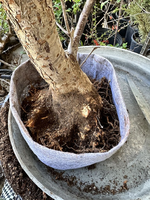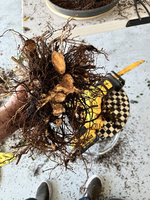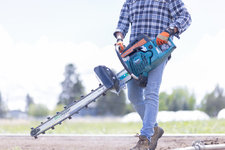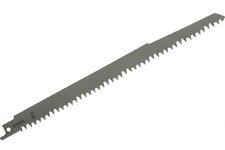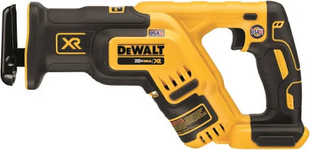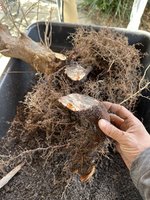proninyaroslav
Mame
- Messages
- 137
- Reaction score
- 20
- USDA Zone
- 5a
I often see bonsai professionals using a reciprocating saw for some reason instead of a hand saw and I wanted to get one for fast cutting of thick stumps and roots. But will it be really more effective and fast than a regular Japanese saw like Silky or Samurai? Or is buying a reciprocating saw pointless if I already have a Japanese saw?

